Nitrous oxide is a colourless, non-flammable gas that has been used for various purposes throughout history, from medical anaesthesia to whipped cream dispensers.
But in recent years, it has become increasingly popular among party-goers, who inhale it for its euphoric and hallucinogenic effects.
Commonly referred to as ‘nangs’ ‘whippets’ or ‘laughing gas’ nitrous oxide has become a controversial and widely misunderstood substance.
In this article, we’ll explore the history of nitrous oxide, outlining its various uses, and the risks associated with recreational use.
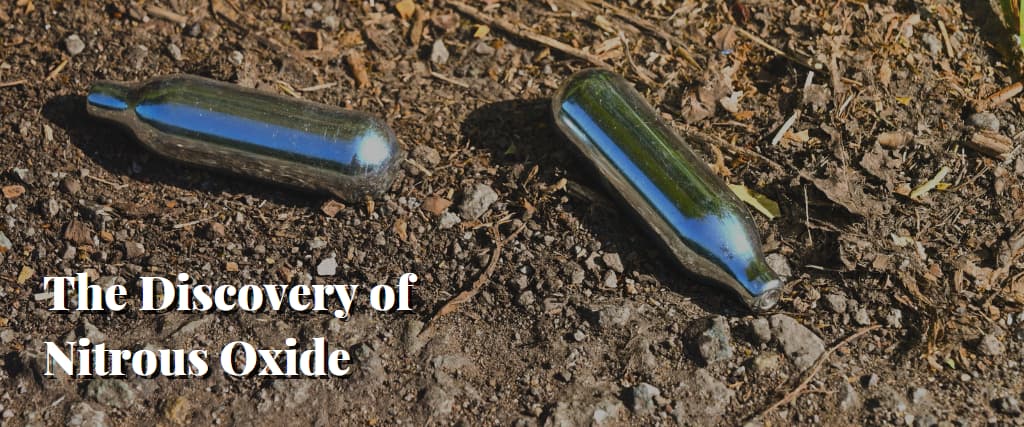
The Discovery of Nitrous Oxide
Nitrous oxide was first discovered in 1772 by English chemist Joseph Priestley. Priestley was known for his work in the field of pneumatic chemistry, which involved studying the properties of gases.
While conducting an experiment, Priestley discovered that nitrous oxide could be produced by heating ammonium nitrate. He noted that the gas had a sweet taste and a pleasant odour, and he initially believed it could be used as a medical treatment.
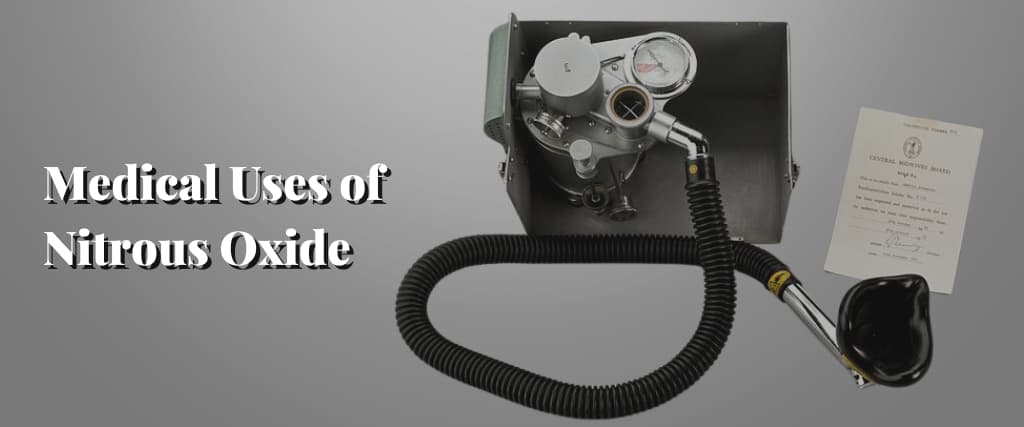
Medical Uses of Nitrous Oxide
Priestley’s initial assessment of nitrous oxide as a medical treatment was not unfounded. In the early 19th century, nitrous oxide was used as a dental anaesthetic, and it was also administered to patients during surgery.
It wasn’t until the mid-1800s, however, that nitrous oxide was used as a general anaesthetist. In 1844, American dentist Horace Wells attended a demonstration in which nitrous oxide was used as an anaesthetic during a tooth extraction. Wells was so impressed by the pain-killing effects of the gas that he began using it in his own dental practice.
Unfortunately, Wells’ enthusiasm for nitrous oxide was short-lived. In 1845, he attempted to demonstrate the use of nitrous oxide during a surgical procedure at Massachusetts General Hospital, but the gas failed to provide adequate anaesthesia. The patient woke up mid-procedure, and Wells was ridiculed and discredited by his peers.
Despite this setback, nitrous oxide continued to be used as an anaesthetic, and it was eventually combined with other substances to create modern anaesthesia cocktails.
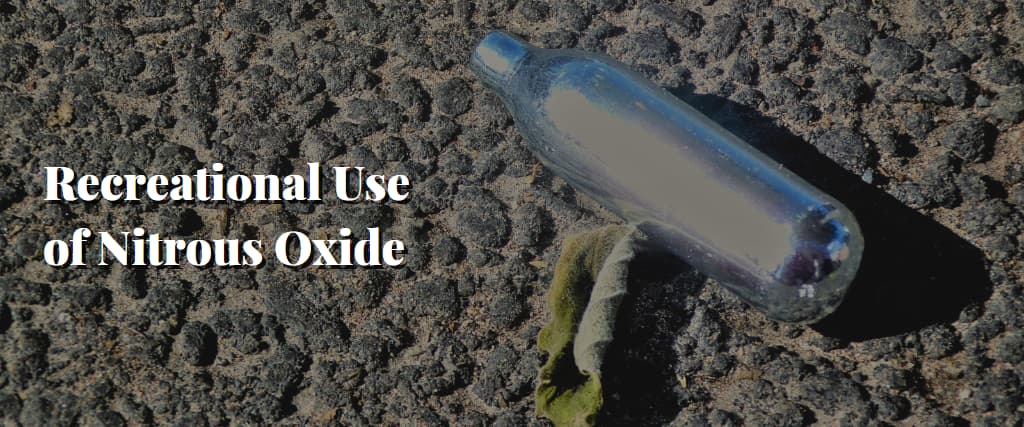
Recreational Use of Nitrous Oxide
While nitrous oxide has been used for medical purposes for centuries, it wasn’t until the 20th century that it began to be used recreationally.
In the 1930s, nitrous oxide became popular among jazz musicians, who discovered that inhaling the gas could induce a state of euphoria and alter their perception of music.
In the 1960s and 70s, nitrous oxide gained popularity in the counterculture movement. It was used alongside other drugs, such as LSD and marijuana, to enhance the psychedelic experience. The use of nitrous oxide in this context was often referred to as ‘hippie crack’.
Today, nitrous oxide is most commonly used at parties and music festivals. It is typically sold in small canisters, which can be used to refill whipped cream dispensers. The canisters are then punctured with a special tool, and the gas is inhaled through a balloon or another such device. Inhaling nitrous oxide can produce a brief, intense high that lasts only a few minutes.

Short-term Effects of Nitrous Oxide
When inhaled, nitrous oxide produces a feeling of euphoria and relaxation. Users may experience a sense of floating or detachment from their surroundings. Other common effects of nitrous oxide include:
Dizziness or lightheadedness
Tingling or numbness in the limbs
Impaired motor function and coordination
Slurred speech
Visual and auditory hallucinations
Altered perception of time
These effects typically last for only a few minutes, but some users may continue to feel the effects for up to an hour after inhaling nitrous oxide.
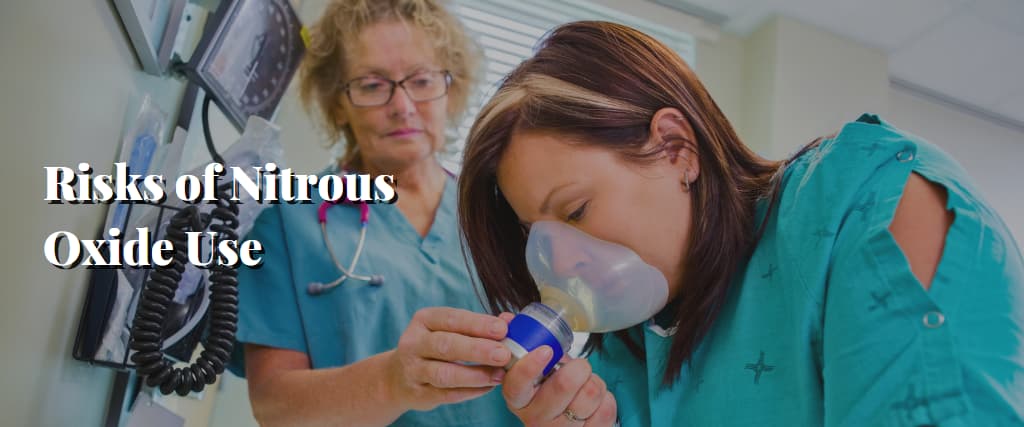
Risks of Nitrous Oxide Use
While the short-term effects of nitrous oxide use can be pleasurable, the gas also carries significant risks.
One of the primary concerns with nitrous oxide use is the potential for hypoxia or oxygen deprivation.
When people inhale nitrous oxide, they often do so directly from a canister or balloon, which can block airflow to the lungs. This can lead to a dangerous drop in oxygen levels in the blood, which can cause dizziness, confusion, and even loss of consciousness. In severe cases, hypoxia can lead to brain damage or death.
Another risk of nitrous oxide use is the potential for burns and frostbite. Nitrous oxide is stored in pressurised canisters, which can become extremely cold when the gas is released. If users hold the canisters directly against their skin or lips, they can cause severe burns or frostbite.

Long-term Risks of Nitrous Oxide Use
Long-term nitrous oxide use can also have negative health consequences.
Chronic use of nitrous oxide can lead to vitamin B12 deficiency, which can cause nerve damage, muscle weakness, and other neurological symptoms.
It can also lead to respiratory problems, as inhaling nitrous oxide can damage the lungs and lead to chronic bronchitis. Additionally, nitrous oxide can be addictive, and chronic use can lead to tolerance and dependence.
Another concern with the recreational use of nitrous oxide is the potential for accidents and injuries. When people inhale nitrous oxide, they often become disoriented and lose their sense of balance, which can increase the risk of falls and other accidents. There have also been reports of people burning themselves with the canisters or experiencing frostbite from inhaling the gas.
Finally, there is the risk of impaired judgement and decision-making. When people are under the influence of nitrous oxide, they may make poor choices or engage in risky behaviour. This can lead to accidents, injuries, and other negative outcomes.

Regulation of Nitrous Oxide
Nitrous oxide is a controlled substance in many countries, including the United States, the United Kingdom, and Australia. In the USA nitrous oxide is classified as a Schedule II drug, which means it has a high potential for abuse and dependence. It is legal to possess nitrous oxide for legitimate medical purposes, but it is illegal to use it recreationally.
In some countries, such as the United Kingdom, there has been a recent crackdown on the sale and use of nitrous oxide. In 2016, the British government passed a law making it illegal to sell nitrous oxide to under-18s, and it is now illegal to supply nitrous oxide for recreational use. The penalty for supplying nitrous oxide can include a fine and up to seven years in prison.
In Australia, nitrous oxide is a Schedule 7 substance under the Poisons Standard, which means it is only available for legitimate medical or veterinary purposes. Possession, sale, or use of nitrous oxide for recreational purposes is illegal and can result in fines and imprisonment.
Despite these regulations, nitrous oxide remains widely available and used in many countries. It is often sold in canisters as a food-grade product and can be purchased online or from speciality stores. Some people even use whipped cream dispensers to inhale nitrous oxide.
Education and harm reduction efforts are also important in addressing the risks of nitrous oxide use. Many organisations provide information and resources for people who use nitrous oxide, including tips for safe use and harm reduction strategies. These efforts can help to minimise the negative consequences of nitrous oxide use and promote safer, healthier behaviours.
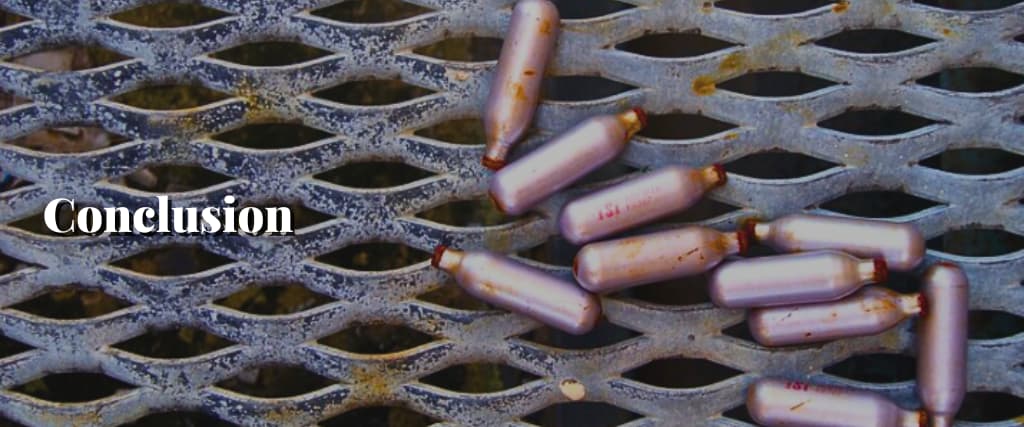
Conclusion
Nitrous oxide has a long and varied history, from its use in medical anaesthesia to its more recent popularity as a party drug.
While the short-term effects of nitrous oxide use can be euphoric and pleasurable, the long-term risks and potential for addiction make it a dangerous substance.
It is important for individuals to be aware of the risks associated with nitrous oxide use and to make
informed decisions about their own health and well-being.
Additionally, efforts to regulate and control the sale and use of nitrous oxide are important to prevent harm to individuals and society as a whole.
